DIY Emerald Ash Borer Treatment

by
EmDirr @ DustandDoghair.com
(IC: blogger)
Have you heard of this monster? That's no glammed up grasshopper.
This nightmare and family are responsible for decimating hundreds of millions...that's
HUNDREDS OF MILLIONS
...of ash trees in North America alone.
This nightmare and family are responsible for decimating hundreds of millions...that's
HUNDREDS OF MILLIONS
...of ash trees in North America alone.
As an adult, the Emerald Ash Borer is just a leaf nibbler...the damage occurs in its wormy larva stage, when the borer feeds it's way to adulthood.
which impede a tree's ability to transfer nutrients and water, causing permanent damage and eventual death to the tree.
If you live in a red dotted area, EAB is already damaging trees there.
Once the trees are infested they're difficult to save, so prevention is key.
A quick list of symptoms is:
Soil drenching treatment around the base of the tree is about the only DIY option thought to help. It's best done in the spring when the trees break dormancy and can soak up the protection.
Professionals are able to use stronger chemicals than consumers, but most of the websites we surveyed mention Bayer Advanced Tree and Shrub Insect Control for consumer use.
We cleared away between 18-24 inches of mulch and surface soil to create an inverted volcano shape around the base of the trunk...
and poured the mixture around the base. (I'm styling my best garden gear...YOU may want to consider using protective clothing...)
Enjoyed the project?

Want more details about this and other DIY projects? Check out my blog post!
Published April 19th, 2016 1:00 PM
Comments
Join the conversation
1 comment
-
 Rockyroad
on Dec 23, 2019
Rockyroad
on Dec 23, 2019
Once infected , ash trees cannot be saved , preventative control is the only solution by spray or trunk injection ! No known organic treatment . Infected trees must be removed and wood must be destroyed (not just chips) to kill the insect. Map shown does not include Maine , a state where EAB was found in summer/fall of 2019. This very serious insect/disease will eventually wipe out too many millions to comprehend ..... not a question of IF , but WHEN , control will reduce loss in more populated areas !
-



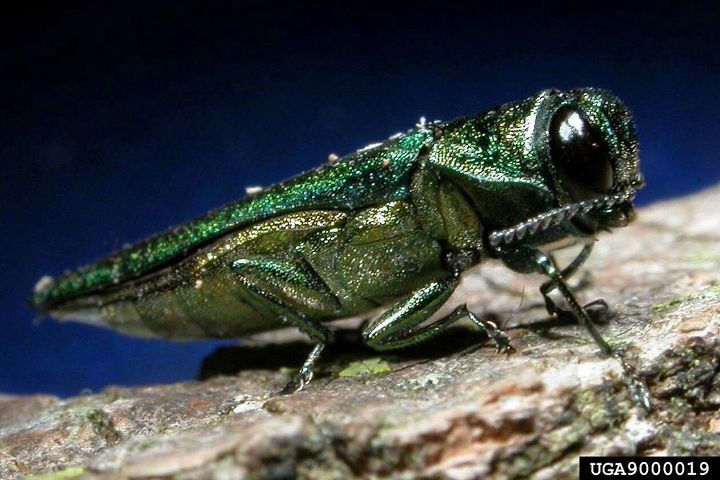









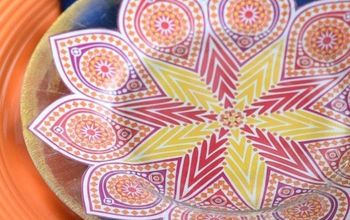



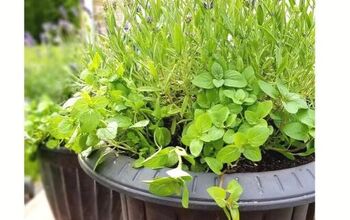
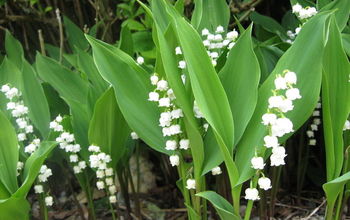






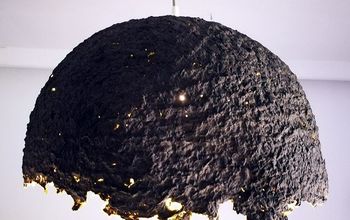




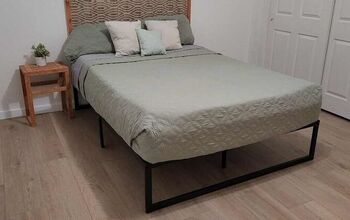
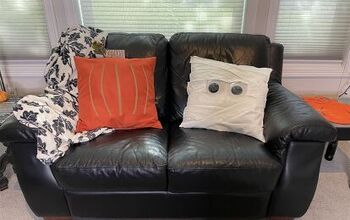



Frequently asked questions
Have a question about this project?